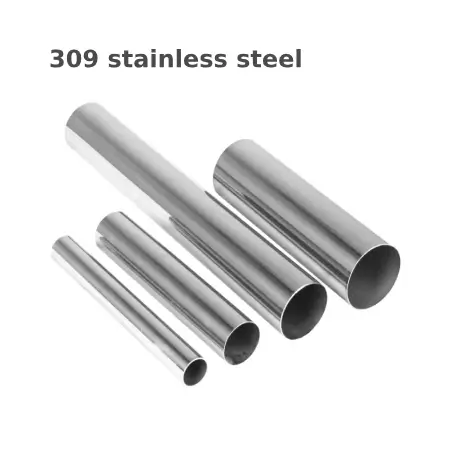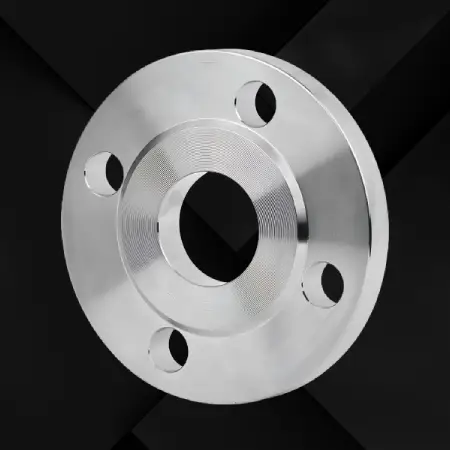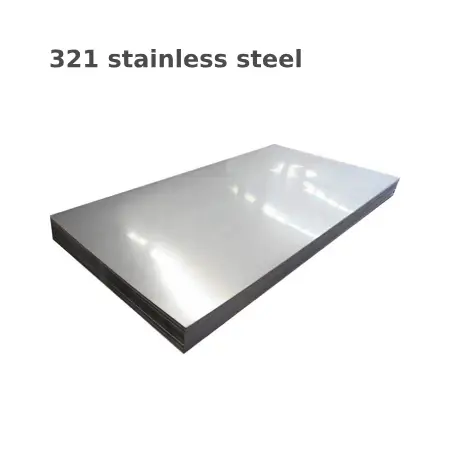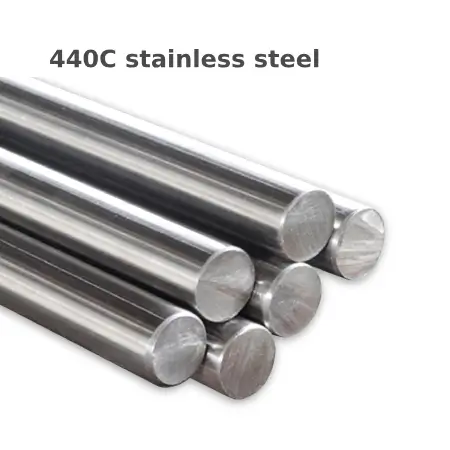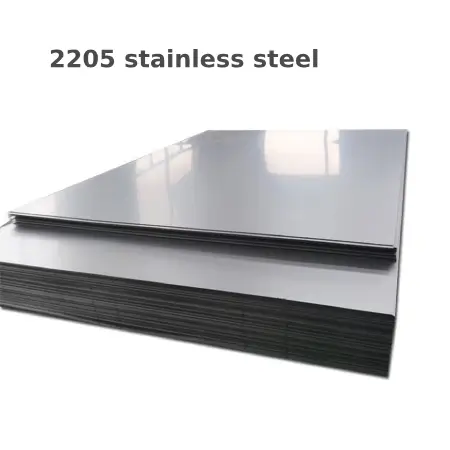309 Stainless steel known as "1.4828" in the European standard EN 10088-2 and "S30909" in the Unified Numbering System (UNS), is a high-carbon version of the 304/304L (18-8) type of stainless steel. It's mainly recognized for its improved performance at high temperatures and excellent weldability.
Introduction to 309 Stainless Steel
Material Composition: 309 Stainless steel contains a higher carbon content than 304 stainless steel, and it also includes elements such as chromium (17%-19%) and nickel (8%-10%). The increased carbon helps to improve the hardness, wear resistance, and strength.
Elevated Temperature Performance: It offers improved mechanical properties at high temperatures and is designed to maintain its strength and thermal stability under such conditions.
Weldability: 309 stainless steel is known for its excellent weldability due to its lower carbon equivalent, which reduces the risk of intergranular corrosion and makes it suitable for heavy gauge welding.
Corrosion Resistance: It has good corrosion resistance properties, similar to the standard 304 and 304L grades. However, the carbon content can affect corrosion performance, especially in the annealed condition, due to carbide precipitation.
Applications: It is widely used in applications that require both high temperature strength and good corrosion resistance, such as furnace parts, heat exchangers, oven components, in the automotive and chemical industry, and other applications requiring high-performance stainless steel.
Heat Treatment: While not as heat-treatable as some other steels, 309 stainless steel can be annealed or normalized to soften it for easier forming and improve its weldability.
Forming and Machining: It can be cold-formed at room temperature, but due to the higher carbon content, it is generally more difficult to machine compared to the standard 304 stainless steel.
Precipitation Hardening: The material's higher carbon content makes it susceptible to precipitation hardening if not properly treated after welding or at temperatures above approximately 425°C (800°F).
Variability Restrictions: The high carbon can lead to the formation of martensite during cooling, requiring thoughtful application and heat treatment to prevent embrittlement.
Chemical Stability: Care should be taken in chemical processing applications where the high carbon can reduce intergranular corrosion resistance below that of the 304LSi variant, especially in the annealed condition.
Recyclability: As with other stainless steels, 309 is fully recyclable, which accentuates its environmental sustainability.
Special Considerations: When used in the fabricated state, after welding or other heat treatments, a post-process annealing is often required to restore its properties and prevent the risk of intergranular corrosion.
309 Stainless steel is a high-temperature alloy that strikes a balance between strength, corrosion resistance, and formability, making it particularly useful for applications in harsh environments where performance under stress or at elevated temperatures is critical.

